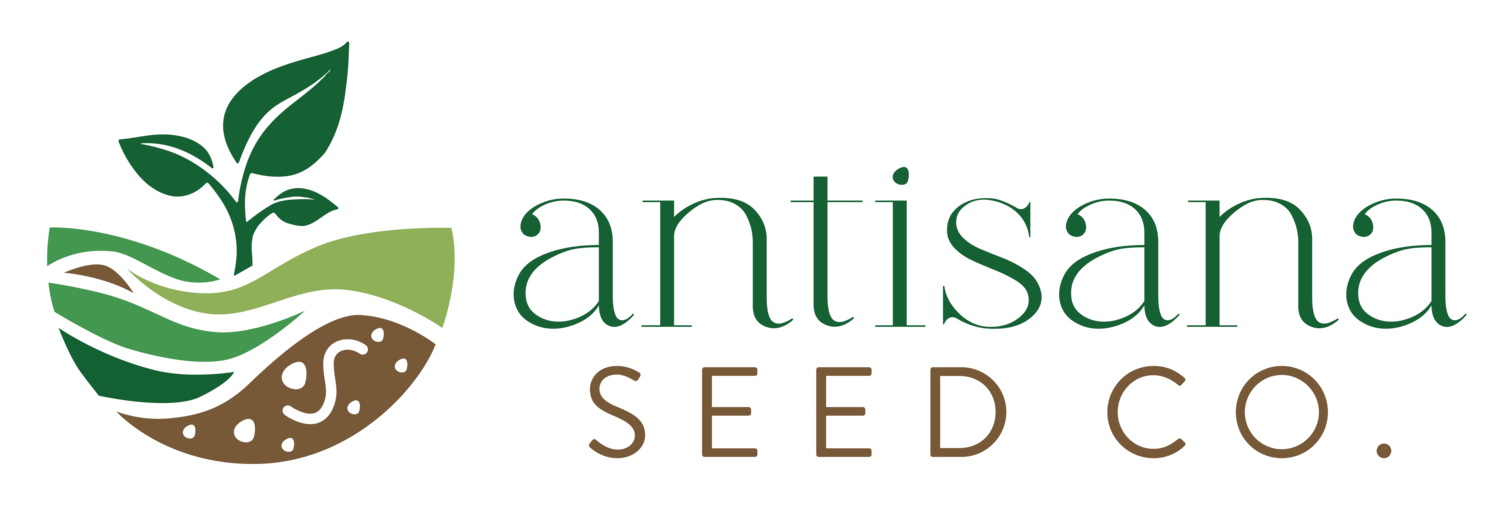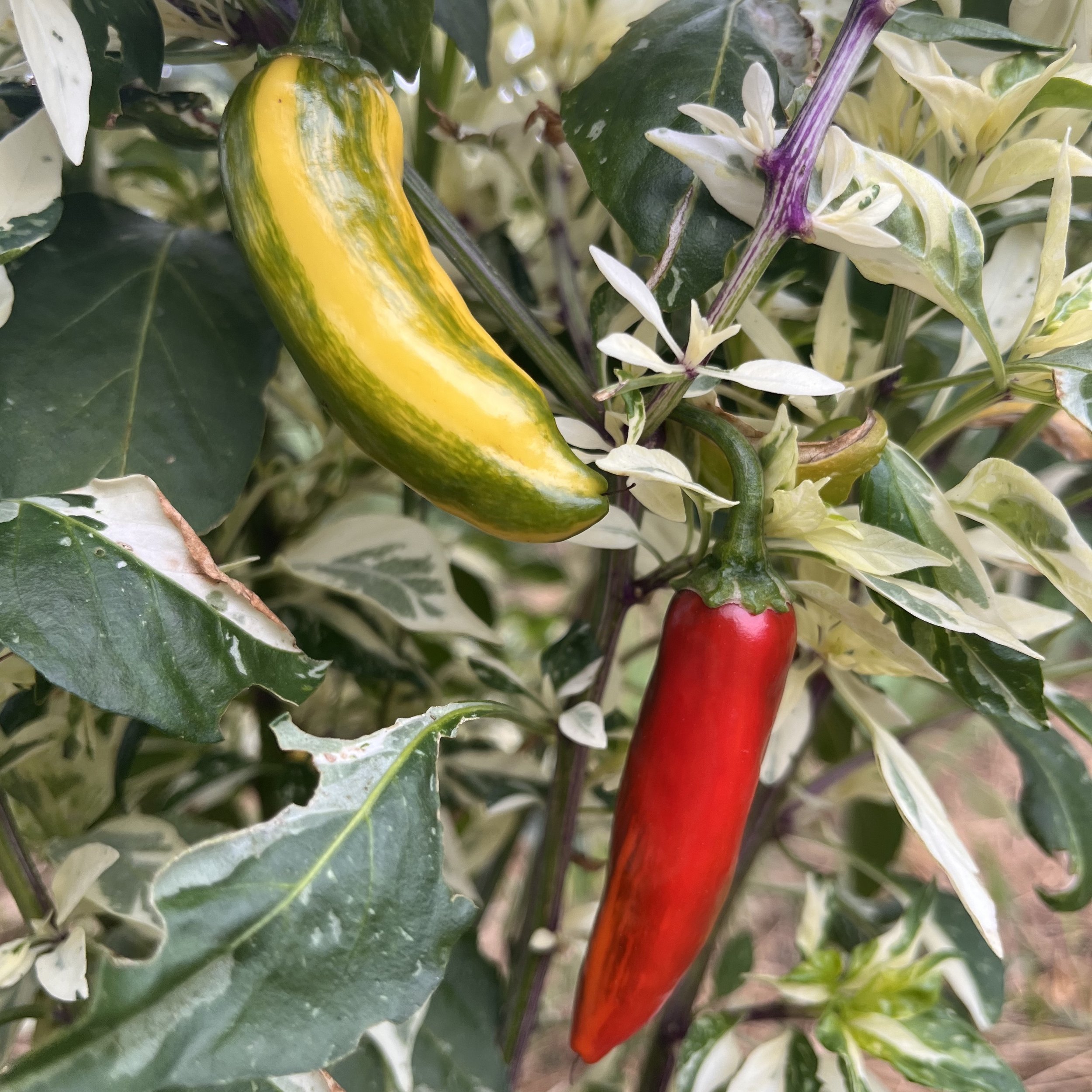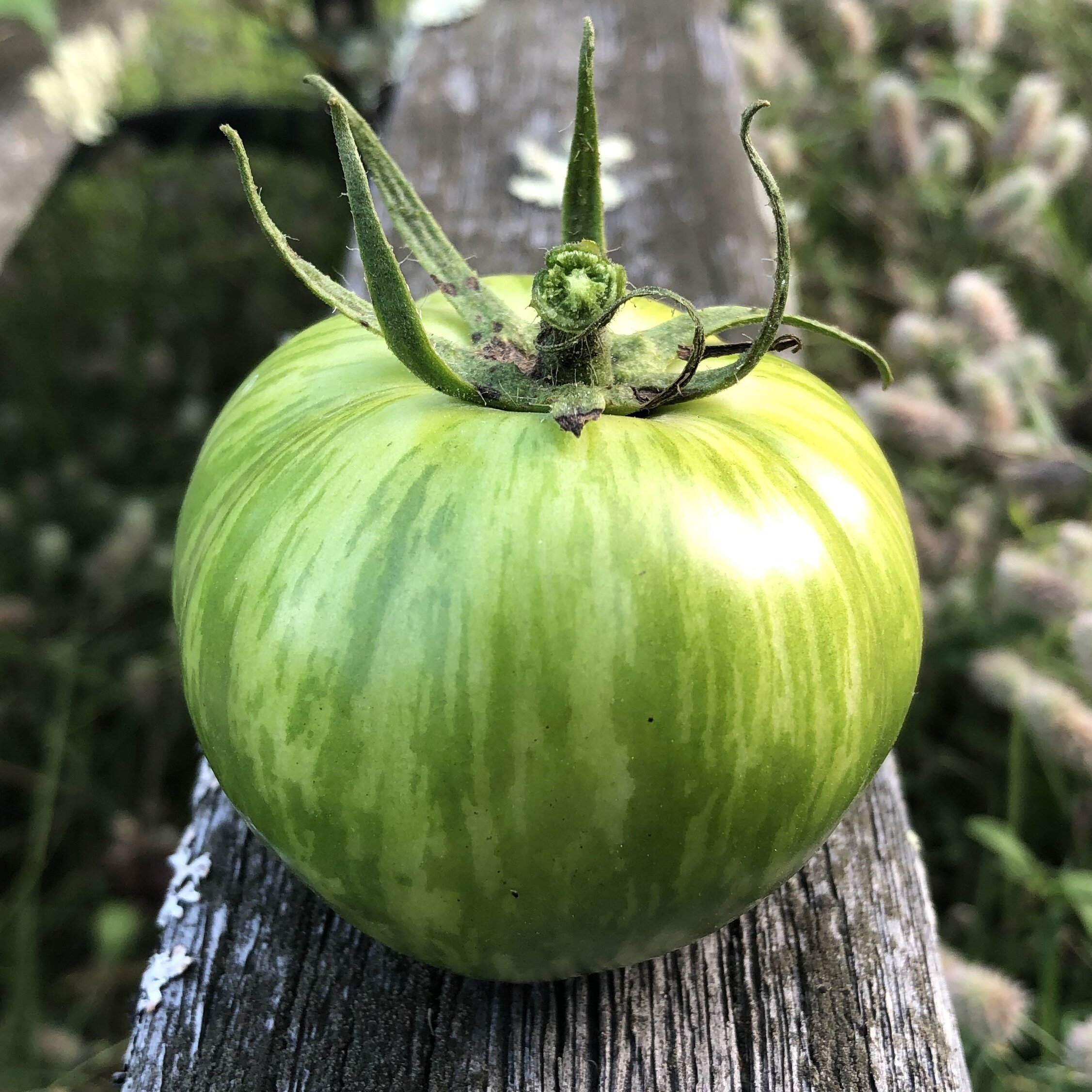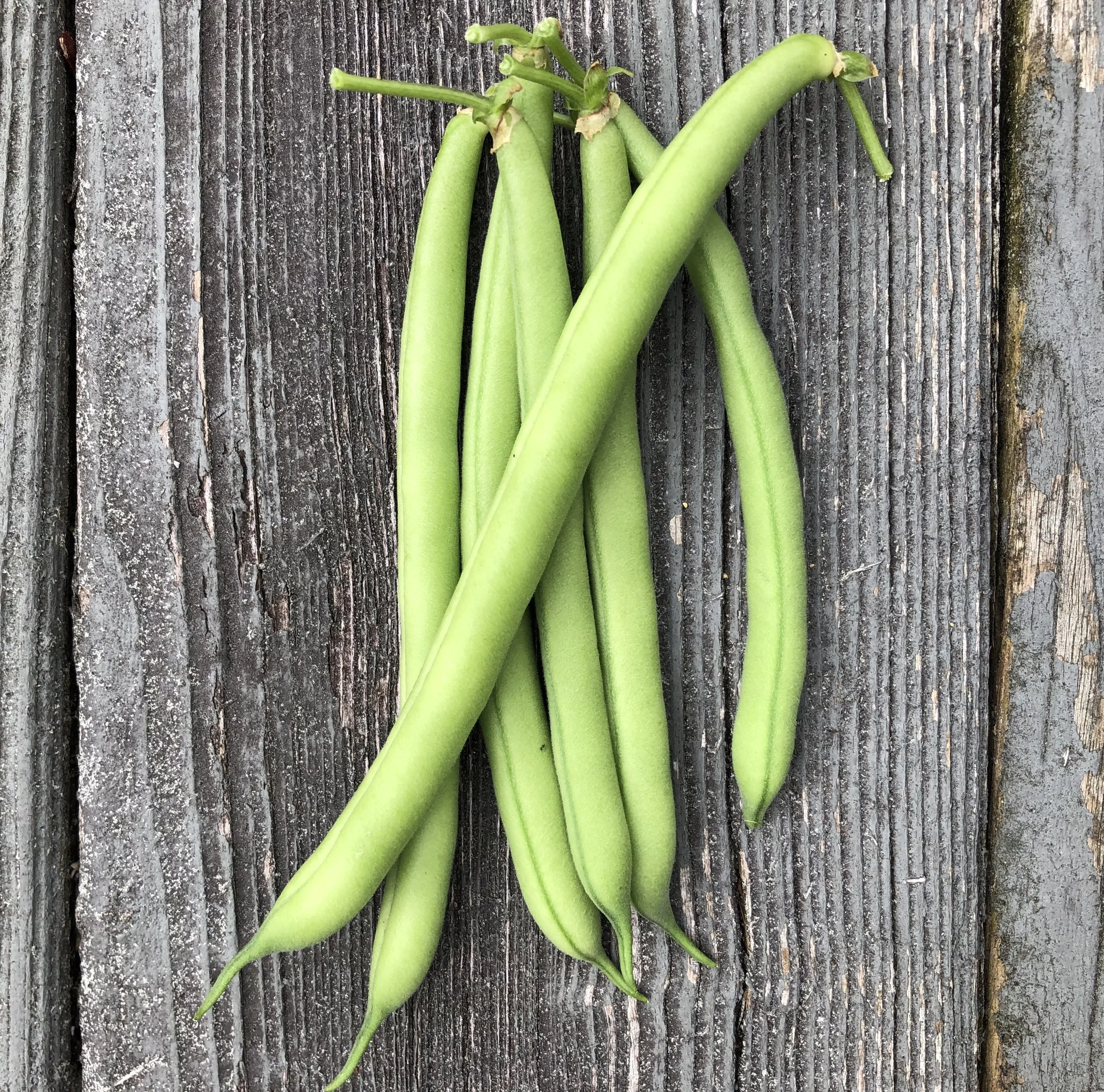Cucumber, Suyo Long
Product Description: (Cucumis sativus) Also known as Suhyo Long, this is far and away our favorite variety of cucumber! Not only are its ribbed 12-18” fruit stunningly beautiful but their flesh is also notably crisp, juicy, and sweet. Being a burpless type, this variety has thin skin and very few seeds to get in your way.
Suyo Long originated in Northern China, where it is believed to have been grown as far back as 100 BCE. Sought-after traits such as adaptability, exceptional eating qualities, and disease resistance expanded this variety’s popularity throughout Asia (and eventually to western nations) as time went on. Open-pollinated. 30 seeds per packet.
Growing Information: To trellis your cucumbers, sow 3 seeds every 8-10 inches at the base of your trellis. Once sprouted, thin the seedlings to just one plant every 8-10 inches. For an earlier harvest, you can start your seeds indoors 3 weeks before your expected last frost. While we recommend trellising, Suyo Long can also be grown on the ground. To do this, build up mounds of soil roughly 12 inches tall and 18 inches wide. Space your mounds about 3 feet apart along the entire length of the row. Direct seed 4-5 seeds per mound (and later thin to just one plant per mound) or transplant directly into the mound. 65 days to maturity.
Seed Saving: Allow cucumbers to grow on the vine far past the harvest phase, until they are fully ripe and their skin has changed color (typically yellow/orange). Scrape the contents of the entire seed cavity into a clean container and add a small amount of warm water. Leave the container (uncovered or covered with cheese cloth) to ferment at room temperature for three days, stirring daily. As the gel coat around the seeds breaks down, viable seeds will sink to the bottom. After fermentation, skim off any material that is still floating and pour the rest into a wire sieve to rinse thoroughly. Dry the cleaned seeds completely and store in an airtight glass jar until use.
Product Description: (Cucumis sativus) Also known as Suhyo Long, this is far and away our favorite variety of cucumber! Not only are its ribbed 12-18” fruit stunningly beautiful but their flesh is also notably crisp, juicy, and sweet. Being a burpless type, this variety has thin skin and very few seeds to get in your way.
Suyo Long originated in Northern China, where it is believed to have been grown as far back as 100 BCE. Sought-after traits such as adaptability, exceptional eating qualities, and disease resistance expanded this variety’s popularity throughout Asia (and eventually to western nations) as time went on. Open-pollinated. 30 seeds per packet.
Growing Information: To trellis your cucumbers, sow 3 seeds every 8-10 inches at the base of your trellis. Once sprouted, thin the seedlings to just one plant every 8-10 inches. For an earlier harvest, you can start your seeds indoors 3 weeks before your expected last frost. While we recommend trellising, Suyo Long can also be grown on the ground. To do this, build up mounds of soil roughly 12 inches tall and 18 inches wide. Space your mounds about 3 feet apart along the entire length of the row. Direct seed 4-5 seeds per mound (and later thin to just one plant per mound) or transplant directly into the mound. 65 days to maturity.
Seed Saving: Allow cucumbers to grow on the vine far past the harvest phase, until they are fully ripe and their skin has changed color (typically yellow/orange). Scrape the contents of the entire seed cavity into a clean container and add a small amount of warm water. Leave the container (uncovered or covered with cheese cloth) to ferment at room temperature for three days, stirring daily. As the gel coat around the seeds breaks down, viable seeds will sink to the bottom. After fermentation, skim off any material that is still floating and pour the rest into a wire sieve to rinse thoroughly. Dry the cleaned seeds completely and store in an airtight glass jar until use.
Product Description: (Cucumis sativus) Also known as Suhyo Long, this is far and away our favorite variety of cucumber! Not only are its ribbed 12-18” fruit stunningly beautiful but their flesh is also notably crisp, juicy, and sweet. Being a burpless type, this variety has thin skin and very few seeds to get in your way.
Suyo Long originated in Northern China, where it is believed to have been grown as far back as 100 BCE. Sought-after traits such as adaptability, exceptional eating qualities, and disease resistance expanded this variety’s popularity throughout Asia (and eventually to western nations) as time went on. Open-pollinated. 30 seeds per packet.
Growing Information: To trellis your cucumbers, sow 3 seeds every 8-10 inches at the base of your trellis. Once sprouted, thin the seedlings to just one plant every 8-10 inches. For an earlier harvest, you can start your seeds indoors 3 weeks before your expected last frost. While we recommend trellising, Suyo Long can also be grown on the ground. To do this, build up mounds of soil roughly 12 inches tall and 18 inches wide. Space your mounds about 3 feet apart along the entire length of the row. Direct seed 4-5 seeds per mound (and later thin to just one plant per mound) or transplant directly into the mound. 65 days to maturity.
Seed Saving: Allow cucumbers to grow on the vine far past the harvest phase, until they are fully ripe and their skin has changed color (typically yellow/orange). Scrape the contents of the entire seed cavity into a clean container and add a small amount of warm water. Leave the container (uncovered or covered with cheese cloth) to ferment at room temperature for three days, stirring daily. As the gel coat around the seeds breaks down, viable seeds will sink to the bottom. After fermentation, skim off any material that is still floating and pour the rest into a wire sieve to rinse thoroughly. Dry the cleaned seeds completely and store in an airtight glass jar until use.






